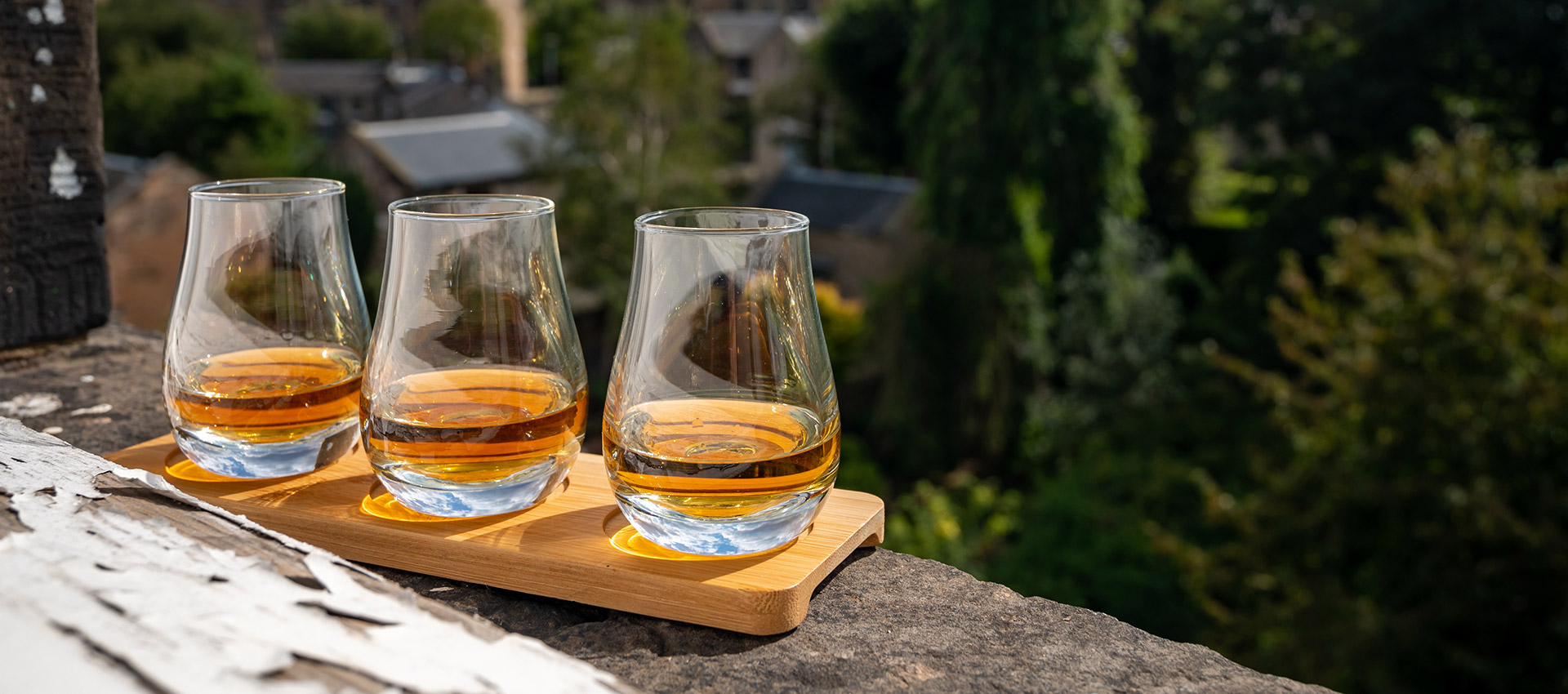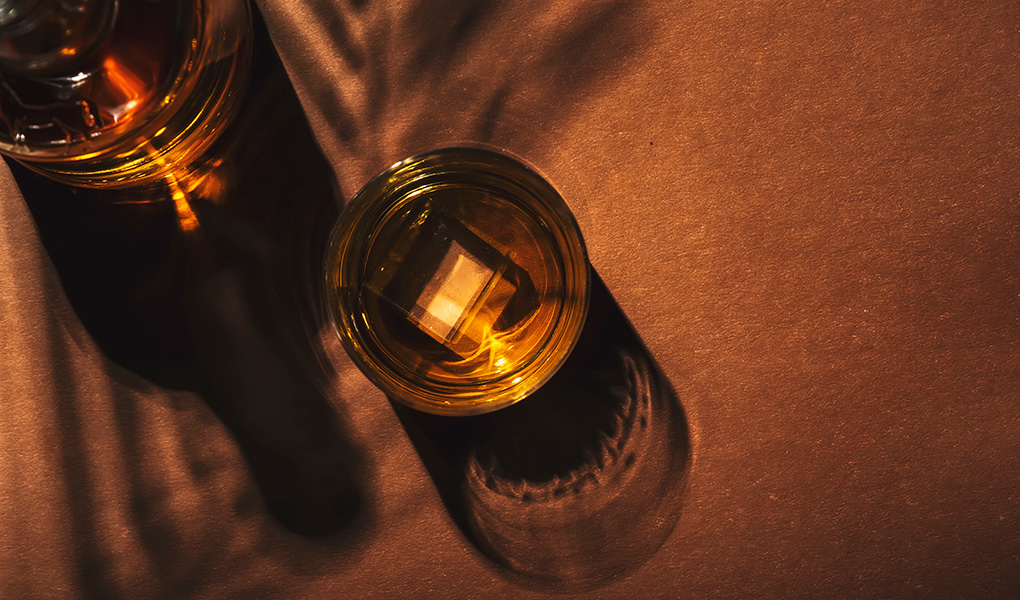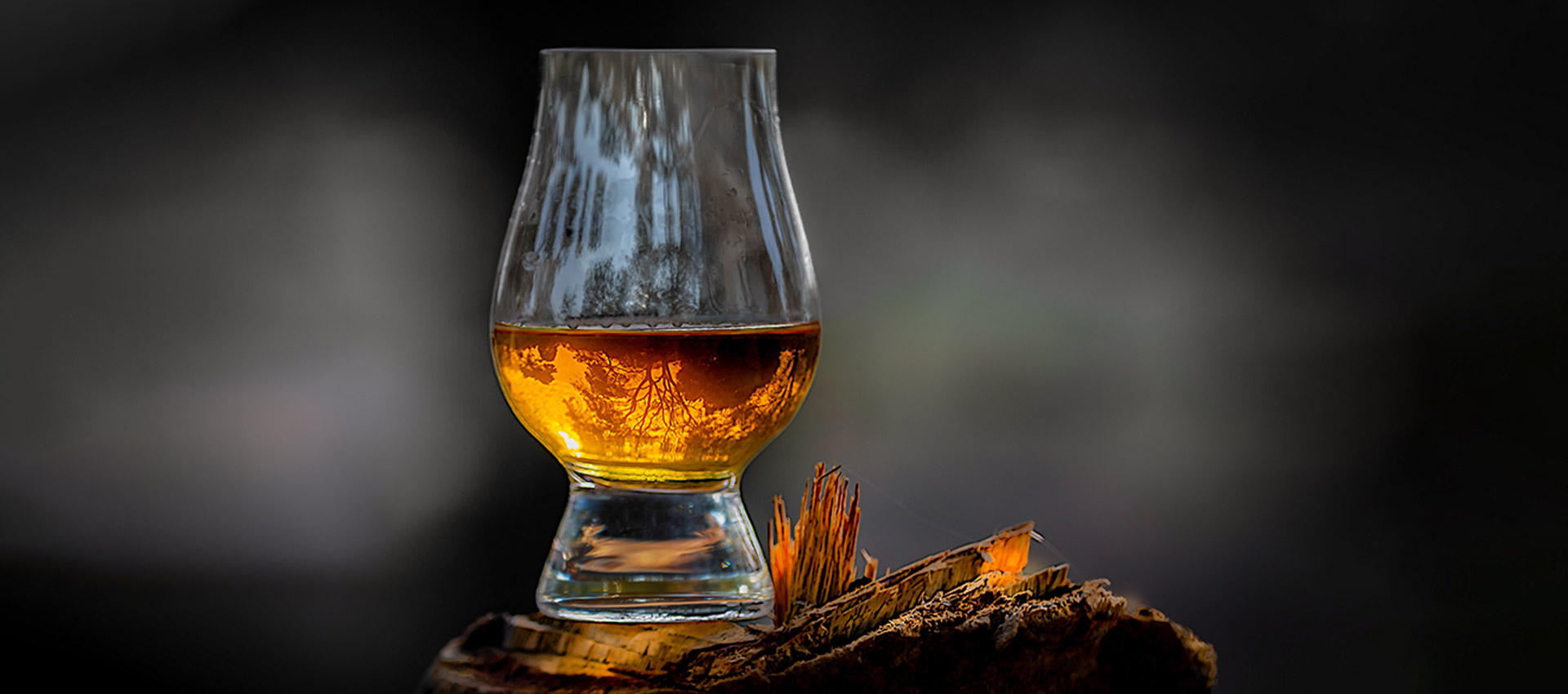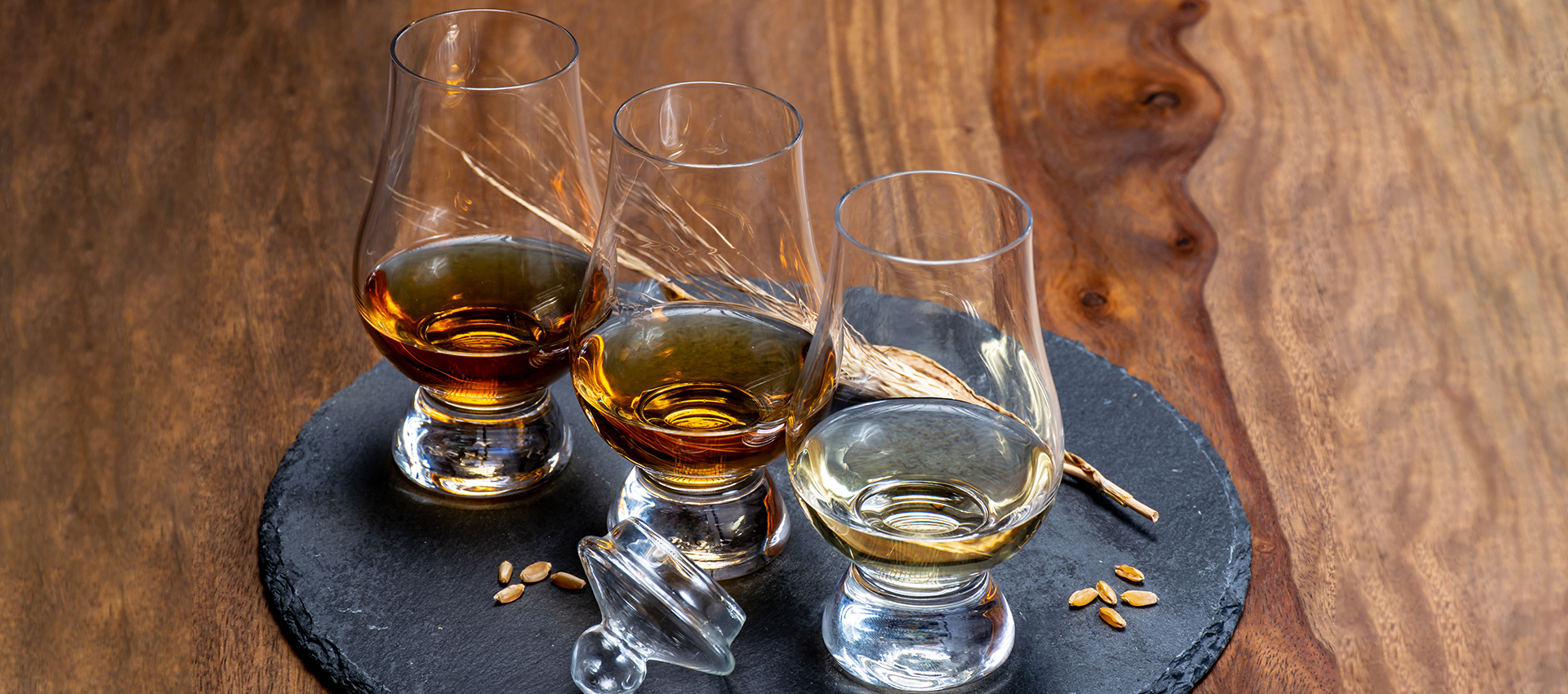Factors that affect the angel’s share
The whisky lost to evaporation, also known as the “angel’s share”, makes up around 2-10% every year, and is viewed as a sacrifice to the heavens.
This natural phenomenon is influenced by various factors, such as the age of whisky, cask size, climate, air circulation, and type of warehouse where the casks are aged.
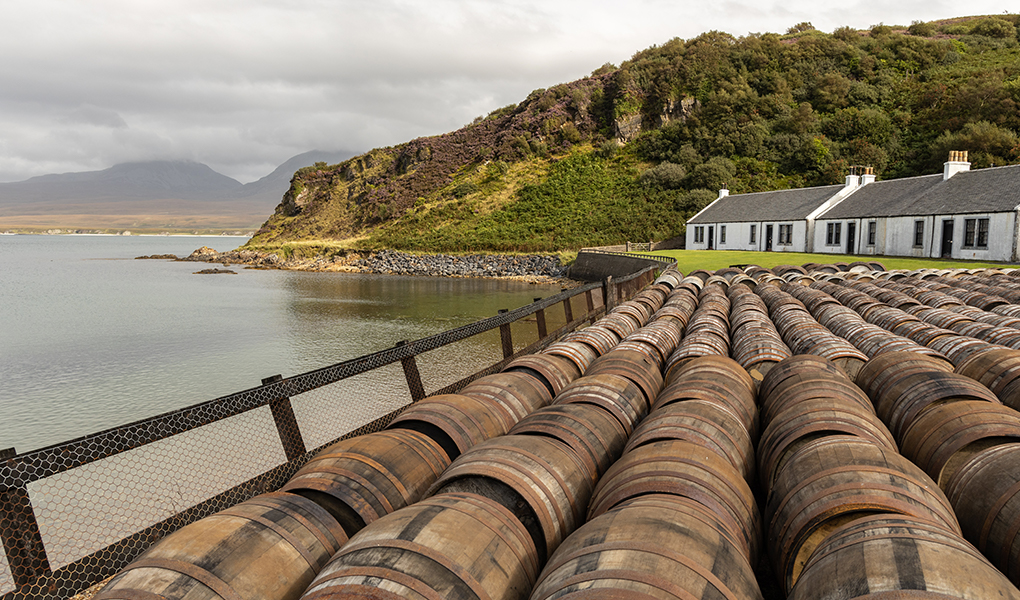
Size of Cask
The extent of evaporation during whisky maturation depends on the size of the cask.
For instance, smaller casks with less than 50 litres typically experience more loss because they have more surface area of liquid-to-wood contact, compared to the larger casks.
Age of Whisky
At the start of the whisky ageing process, the “angel’s share” can be as high as 3.5% to 10% annually, but decreases over time. As whisky ages, the continuous evaporation rate significantly drops.
For example, a 25-year-old Scotch* can lose up to 40% of its volume by the end of its maturation period.
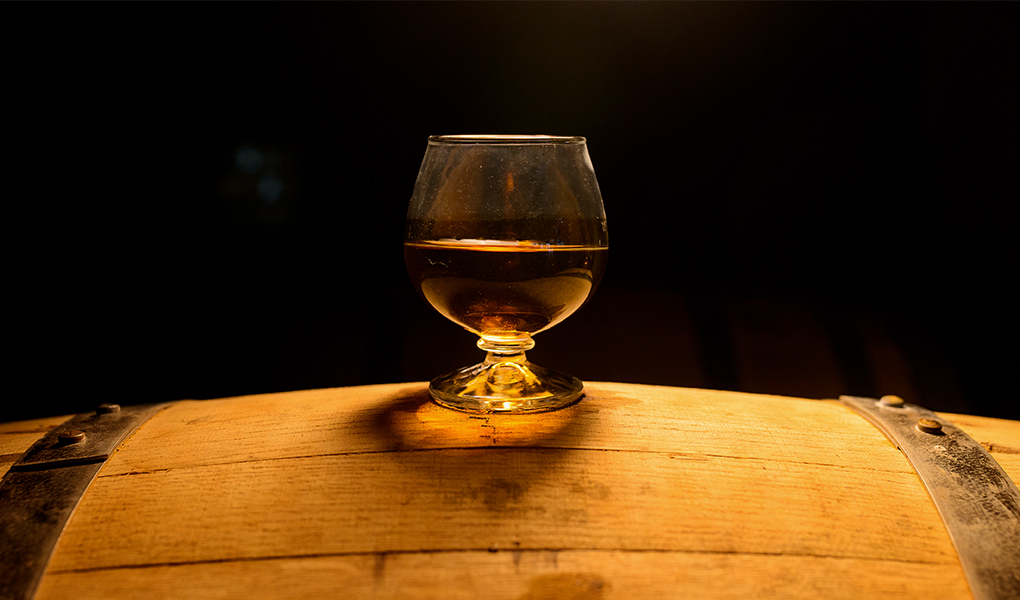
Climate
The ageing of whisky** is influenced by changes in temperature and atmospheric pressure, which cause the whisky and oak wood to expand and contract.
In hot and humid climates, the rate of evaporation is significantly higher. This causes the whisky to concentrate and become more complex in flavour, ultimately leading to faster maturation.
Type of Warehouse
Traditional dunnage warehouses, with earthen floors and stone walls tend to have higher humidity levels, which can slow down the rate of evaporation and result in a lower angel’s share.
Additionally, modern racked warehouses with concrete floors and insulated walls may have lower humidity levels, which can lead to greater evaporation.
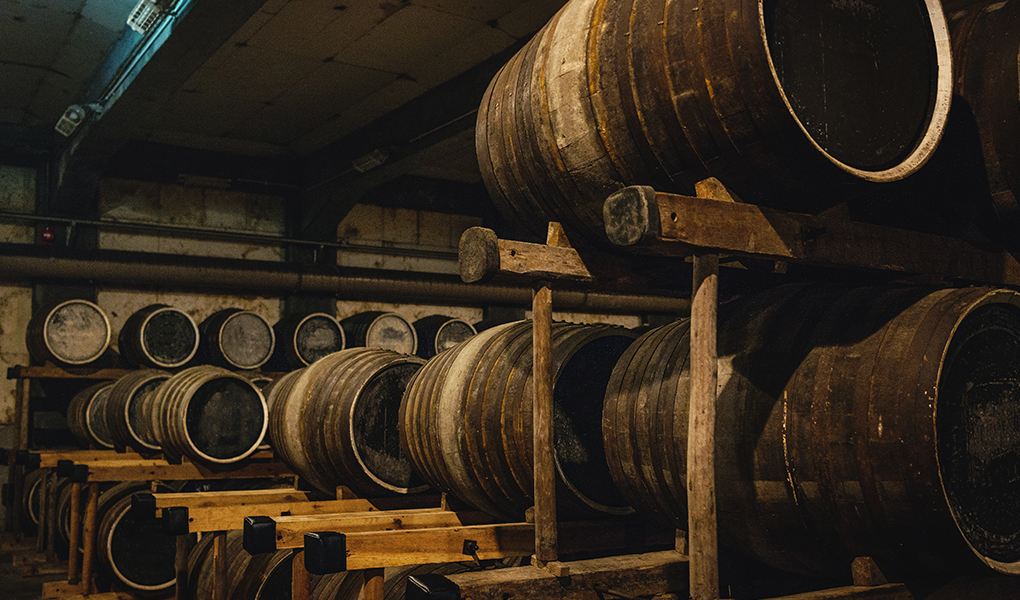
Air Circulation
Air circulation plays a role in the storage of casks, especially in larger warehouses where racks or pallets are used to elevate them off the ground. This allows for air to flow around the casks, resulting in increased evaporation.
Furthermore, smaller warehouses with lower ceilings can have less air circulation and result in a lower angel’s share.


